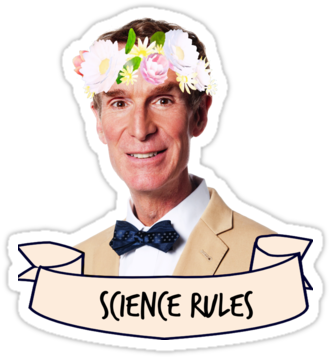this post was submitted on 11 Apr 2025
831 points (98.8% liked)
Science Memes
17432 readers
2279 users here now
Welcome to c/science_memes @ Mander.xyz!
A place for majestic STEMLORD peacocking, as well as memes about the realities of working in a lab.

Rules
- Don't throw mud. Behave like an intellectual and remember the human.
- Keep it rooted (on topic).
- No spam.
- Infographics welcome, get schooled.
This is a science community. We use the Dawkins definition of meme.
Research Committee
Other Mander Communities
Science and Research
Biology and Life Sciences
- !abiogenesis@mander.xyz
- !animal-behavior@mander.xyz
- !anthropology@mander.xyz
- !arachnology@mander.xyz
- !balconygardening@slrpnk.net
- !biodiversity@mander.xyz
- !biology@mander.xyz
- !biophysics@mander.xyz
- !botany@mander.xyz
- !ecology@mander.xyz
- !entomology@mander.xyz
- !fermentation@mander.xyz
- !herpetology@mander.xyz
- !houseplants@mander.xyz
- !medicine@mander.xyz
- !microscopy@mander.xyz
- !mycology@mander.xyz
- !nudibranchs@mander.xyz
- !nutrition@mander.xyz
- !palaeoecology@mander.xyz
- !palaeontology@mander.xyz
- !photosynthesis@mander.xyz
- !plantid@mander.xyz
- !plants@mander.xyz
- !reptiles and amphibians@mander.xyz
Physical Sciences
- !astronomy@mander.xyz
- !chemistry@mander.xyz
- !earthscience@mander.xyz
- !geography@mander.xyz
- !geospatial@mander.xyz
- !nuclear@mander.xyz
- !physics@mander.xyz
- !quantum-computing@mander.xyz
- !spectroscopy@mander.xyz
Humanities and Social Sciences
Practical and Applied Sciences
- !exercise-and sports-science@mander.xyz
- !gardening@mander.xyz
- !self sufficiency@mander.xyz
- !soilscience@slrpnk.net
- !terrariums@mander.xyz
- !timelapse@mander.xyz
Memes
Miscellaneous
founded 2 years ago
MODERATORS
you are viewing a single comment's thread
view the rest of the comments
view the rest of the comments

Your pupil is functionally the same as the aperture on a camera. Whenever light passes through an aperture, there is some diffraction that happens to it; the angle of the light changes. This is separate to anything the lens does. If there's too much diffraction, you won't be able to tell two different sources of light apart. The amount of diffraction depends on the wavelength of the light and the size of the aperture. Bigger apertures and shorter wavelengths diffract less. This "diffraction limit" has a formula accordingly.
So for the question, we make some basic assumptions: take the wavelength of red light as it's the longest wavelength for visible light, and assume he needs to be able to tell apart two light sources 2 metres apart at a distance of 15 miles to distinguish individual riders. We figure out the angle between two points 15 miles away and 2 metres apart and now we know the angular resolution necessary. We know that the diffraction limit of Legolas' eyes has to be at least as small as that resolution. We also know our wavelength, so we can stick those into the formula and find out the minimum aperture (ie, the minimum diameter of Legolas' pupils to make out the riders at that distance)
I'd argue that accurate color perception isn't necessary if one makes an assumption about the average age of the riders. Given that bright hair in humans is either blond or whitened by age (excepting albinos, which are rare), all of the riders having bright hair means that they're either blond or old. Assuming that there are few large groups of senior riders, Legolas could come to his conclusion based on brightness alone.
Unfortunately I don't know enough about optics to say whether this makes any difference.
Legolas can also tell that they carry spears and their leader is taller than average. Spectral information is unlikely to tell him that.
Unfortunately neither do I! It has been a long time since I studied physics, and I never did optics
Someone did the math above.
https://old.lemmy.world/comment/16391357
So, a typical pupil is around 2 mm in diameter in bright conditions. With the Rayleigh limit that results in an angular resolution of 1.22 * 60010^-9 m / 210^-3 m = 3.66*10^-4 rad
At a distance of 5 x 3 mi = 15 mi = 24.1 km this corresponds to a point to point distance of
tan(a/2) = (d/2)/l
d = tan(a/2) * l * 2 = tan(3.66*10^-4) * 24100 * 2 = 8.8 m
So in conclusion, with regular, human-like eyes he could discern points that are at least 8.8 m apart in the best case scenario. Discerning hair color from the color of the clothes would need a much higher resolution, and the horsemen are probably not 10 m apart from each other either. And again, this is a theoretical limit, real-world resolution would probably be significantly lower.